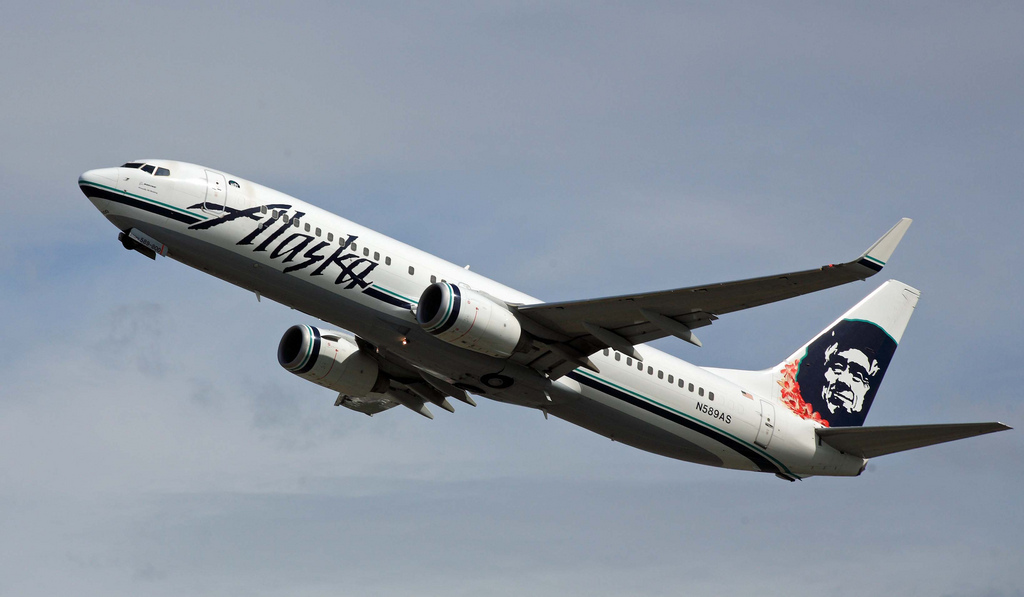
My FI Travel Guiding Principles and How I Practice Them
Some of you may have read (or scrolled past) a few of my financial independence (FI) articles. I spent substantial portions of those articles describing my three guiding principles for how I reached financial independence. Here they are again:
- Sensible Spending
- Active Saving
- Sound Investing
Since reaching financial independence, I continue to focus on these principles in all aspects of my life, travel-related and otherwise. This is the first in a series of articles on FI travel. But what do I consider to be my FI travel guiding principles? Let’s dive in!
My Groundbreaking FI Travel Guiding Principles
Surprise! My FI travel guiding principles are exactly the same as the principles I used to reach FI. I just look at them through a travel lens, so to speak. With FI travel, the involved currencies go well beyond USD, covering the variety of airline miles, hotel points, rail points, gas points, restaurant points, bank point currencies, etc. The list can go on and on, which is simultaneously fun and overwhelming. Regardless, I treat all of these currencies with the same respect and value as I would USD. I attribute the same thriftiness, care, thoughtfulness, and analysis to a Hilton point as I would to a penny (and no, I don’t think a Hilton point is worth a penny).
Let’s now take a look at how I interpret these guiding principles from a travel perspective.

Sensible Spending
As with actual money, I try to be deliberate and efficient with any points or miles “spending.” I avoid paying actual money for any travel as much as possible. Also, I try to go farther with my miles and points (literally and figuratively) with economical bookings. Most often, I do this by flying coach and staying in hotels that others may consider mundane. Of course, I could be much more extravagant with my miles and points, but they wouldn’t necessarily last as long. I live well within and below my means, and that applies to my travel style most of the time, as well.
It’s easy to fall into the trap of “points aren’t real money, so you might as well go all out!” But in my current life season (and in general), I don’t agree with that statement. Even when I travel for “free”, I tend to keep the points and miles outlay as low as possible for any given trip.
For the few times there is some sort of cash involved in my travel, I ensure it’s smartly spent. Have I made all moves possible to minimize the cost, such as flying on non-weekend days or staying in slightly-less convenient locations? Did I use cost-cutting measures, such as promo codes, portals, and coupons?
Splurges
And yes, we do splurge from time to time. For the past few years, those splurges have involved luxurious, memory-filled Disney World trips. While we’ve experienced them for “free” using a variety of rewards currencies, we generally choose to stay at higher-end properties, which mean a lot to us in these infrequent family trips. Knowing Disney World was a high-priority travel goal for our family, we comfortably used higher amounts of rewards currencies without regret. And, of course, those splurges can and will change as our travel goals change.

Active Saving
The active saving guiding principle is something the vast majority of us do on a daily basis, whether or not we call it that. I bet everyone reading has some sort of bank point, airline mile, or hotel point earning credit card (if you don’t, start here). Congratulations – all of you are actively saving for travel! Taking it a step further, I’m a weirdo who enjoys planning travel and collecting all of these travel currencies just as much as I like the travel itself. Big or small, we are all actively saving.
The great news is that most all of us can significantly increase our travel savings regardless of our time, means, and creativity. As long as you hold the valuable asset of a solid credit history, you can earn a significant variety and amount of travel currencies. And anyone with less than solid credit history can take steps to improve theirs.
We are all winners with the abundance of banks competing for our credit card spending. Banks woo us with eye-popping welcome offers, impressive bonus earning categories, and periodic promos for more points and miles. Online portals are seemingly always goosing their payout amounts. I would say we are in the golden age of points and miles earning, but it has felt like a golden age to me ever since I started twenty or so years ago. Whatever you call it, now is a great time to get out there and earn more!

Sound Investing
Wait, wait. How can you invest points and miles? In a literal sense, you can’t directly. The American Express Platinum Card for Schwab is probably the easiest way to do so, though. But you can determine methods for using rewards currencies to improve your savings, whether that’s for retirement, travel, or anything else. I’ve written about how to do so with the Schwab Platinum Amex and another method to indirectly investing cash back rewards in a tax-advantaged way. I continue to explore the intersection between travel rewards and investing, and I plan to write more about this topic in the future.
The man best considered the godfather of the points and miles hobby, Randy Petersen, referred to his large pot of points and miles as a “Travel IRA” in a great podcast discussion with The Million Mile Guy. The spirit of that term rings true to me. As an FI individual, how can I also ensure I’m drawing from my stockpile of points and miles effectively? What number of points and miles is “enough” for indefinite “free” travel? (Yes, I do hoard many travel currencies.) Beyond saving, are there any other ways I can make my various travel currencies grow? Can I look at the topic from yet another perspective?
Another Angle
What is one of the most important characteristics for efficiently drawing from our savings and investments in retirement? Doing so in a tax-efficient way. Can I legally avoid taxes altogether? If not, how can I minimize the tax hit?
To complete the metaphor, how can I most effectively pull from my points and miles balances? A few ideas:
- Map out plans for the next few years of travel. What are some potentially volatile currencies that I can get the most value out of now? How about in the future?
- Do my travel goals still line up with the currencies I’m collecting? What tweaks are necessary?
- Do I have any balances with programs I no longer care about? How can I use them?
- What travel currencies can I turn into cash for investment, further growing their potential use for future travel (or otherwise)? Is that a wise decision?
- Do you have a desire to and can you relocate to one of your favorite travel destinations, therefore freeing up those travel currencies for other travel experiences? (I have done so.)
Out of the three FI travel guiding principles, I interpret this one the most loosely. And, of course, some of the discussions overlap between the three principles. I constantly challenge myself to think of currencies differently, and most often currently, it’s related to sound investing. I realize I’ve brought up many questions, but not many answers. I look forward to discovering and describing those answers in future articles.

Conclusion
While my guiding principles are the same, I’m consistently trying to enhance both the travel and non-travel versions. Even if you aren’t into FI, perhaps you are interested in finding ways of doing everything more efficiently with your travel currencies. I look forward to exploring these topics more in future FI travel articles. Remember – points, miles, and travel should be fun!


